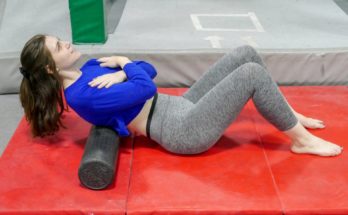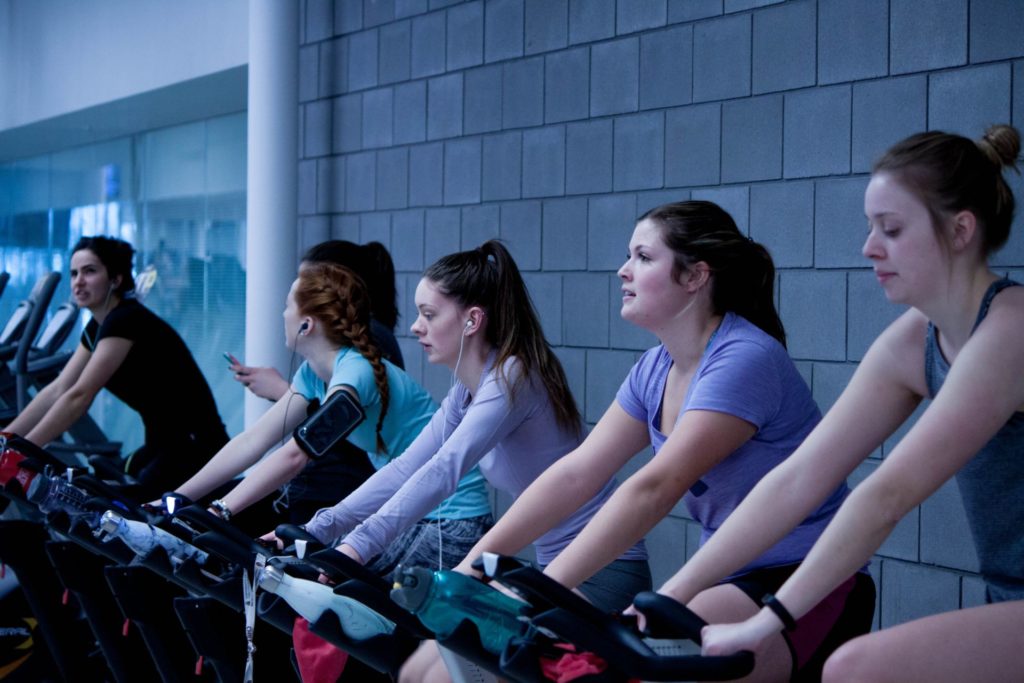
Group classes are one of the most popular forms of physical fitness. Group classes can take many forms, from cardio, lifting, dancing, calisthenics and just about every corner of exercise. People love to work-out in a social context, with their friends, and their exercise community. Group classes can be a double-edged sword, however.
Among the many benefits of group classes come caveats that everyone should be aware of so they can optimize their exercise sessions. By understanding how to choose the proper class and gauge your capabilities, you can avoid injuries, and get consistent results!
Let’s take a look at some pros and cons to group classes:
Pros to group classes:
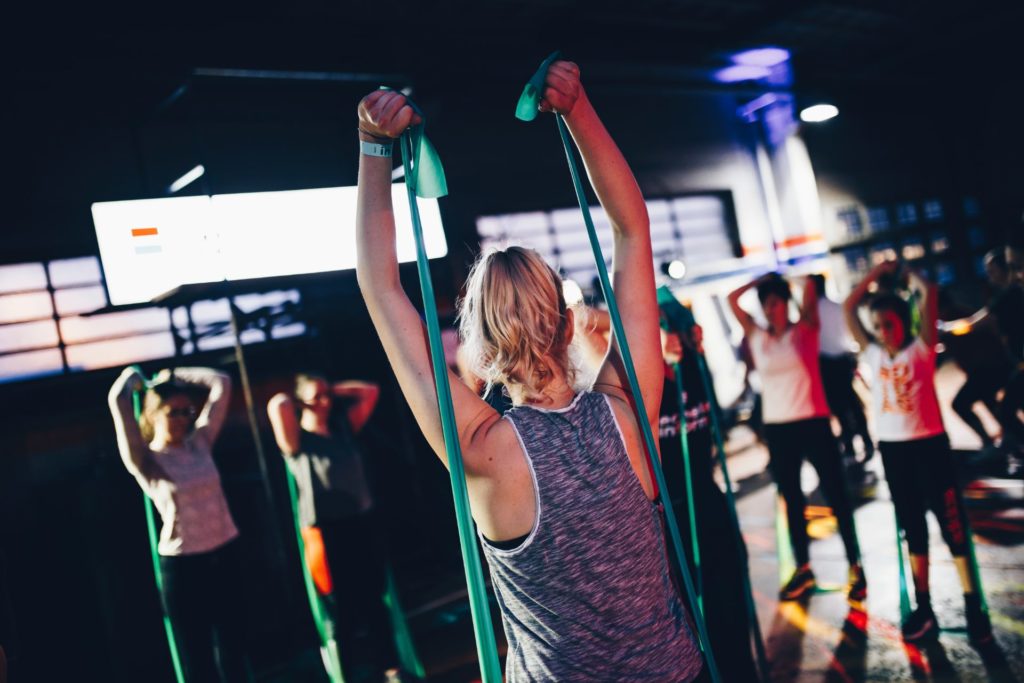
- Many kinds of classes to choose from
In the right context, with a good instructor, and appropriate exercises for the group composition, group classes are a great way to exercise. Classes can take the shape of calisthenics based movements, stretching and isometrics, free weights, machine and tool based classes, dancing, pretty much anything you can think of! Group classes can be a great way to cultivate strength, flexibility, cardio conditioning, and muscle!
Because of the variety of classes available you can really find something that resonates with you, making it easy to be consistent. It is possible to find group classes at many levels of fitness, from beginner to advanced. It is important to choose the appropriate class so you can avoid the cons, which caveat social exercise environments. It’s up to you to be capable of performing the exercises correctly and understand your physical limits.
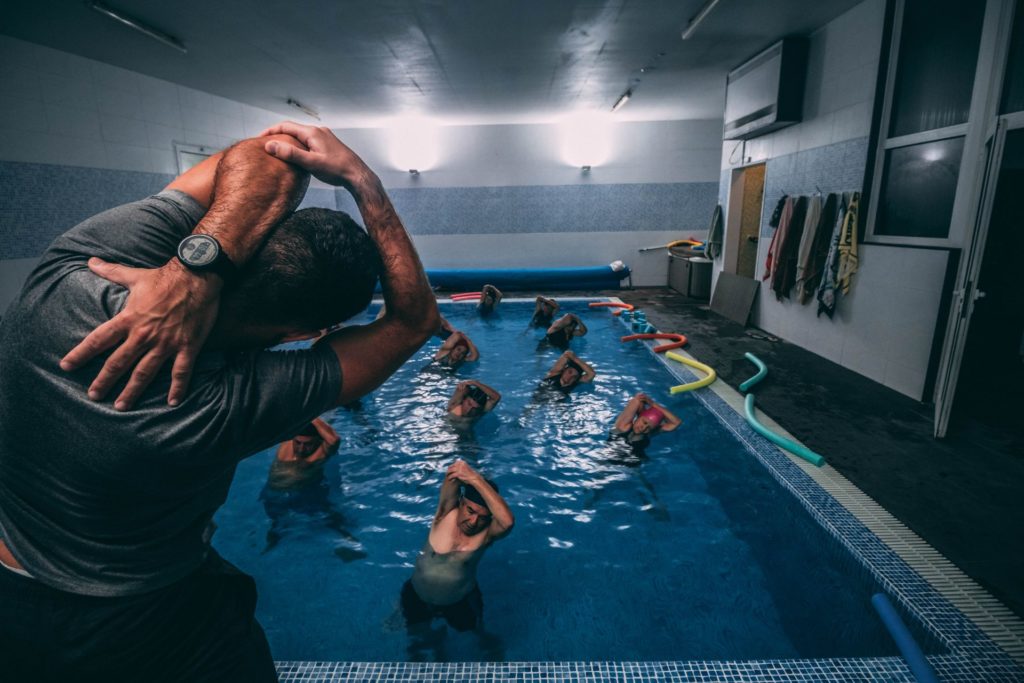
- Social context makes you work harder
One study shows that you are more likely to push yourself around other people who are working hard. If you see your buddy pushing heavier weight you’re more likely to lift heavier as well!
Research also suggests your more likely to complete a workout program to the end if you do it with a partner. The reality is if a group class is more likely to get someone to exercise consistently it’s worth doing. By understanding your personal limitations and requirements you can always modify your participation in a group class.
- Higher chances of success for obese people
Interestingly, evidence has shown that obese people who want to lose weight are more likely to gravitate towards other obese people, and not towards thinner people. The fascinating part is that obese people were more likely to succeed in weight loss if they gravitate more towards thinner fit individuals and social contexts.
It has been estimated recently that 39.8% of adults aged 20 and over were obese, among many other frightening statistics. By now pretty much everyone is aware of the obesity epidemic not only in America, but growing internationally. It’s important that fitness is incorporated into everyone’s lifestyle, and therefore if taking a group class is the motivation you need, go to that class!
Cons to group classes:

- Many exercises might be dangerous to perform incorrectly
A recent study details the injury rate in Crossfit In which a total of 132 responses were collected with 97 (73.5%) having sustained an injury during CrossFit training. Although CrossFit is a very specific form of exercise, we can gain insight into the kind of movements that might have a higher risk of injury.
Compound movements and free weight exercises must be performed with the proper form. Because the benefits are so high with free weight exercises, classes that offer these kinds of movements are enticing. When performed right, this form of high-intensity training offers the benefits of cardio and also strength training.
Compound movements generally require full mobility. Squats require really full range of movement at the ankles, hips, and upper back. Deadlifts must be performed with a neutral spine from a proper hip hinge. Overhead pressing requires specific shoulder mechanics to be done safely. Many people lack the capability to perform these exercises correctly and need to regress these movements and improve dysfunctions first.
- Most compound movements should be properly coached
The complexities of most free weight compound movements make them poor choices for inexperienced lifters, unless under professional supervision. In a classroom setting, it can be hard for an instructor to give the proper attention to an individual at all times, increasing the chance the individual will perform an exercise improperly.
There is no requirement to join most group fitness classes so there is little to nothing stopping an inexperienced person from attempting movements that might be dangerous and too advanced for them. All it takes is one bad rep while the instructor is distracted for a catastrophic injury to occur.
Another study showed that 35% of injuries sustained in group classes were the result of overexertion, albeit a broad term, someone more experienced would be a better gauge of their limits in exercise. Another reason that frames the importance of adequate professional supervision for novices.
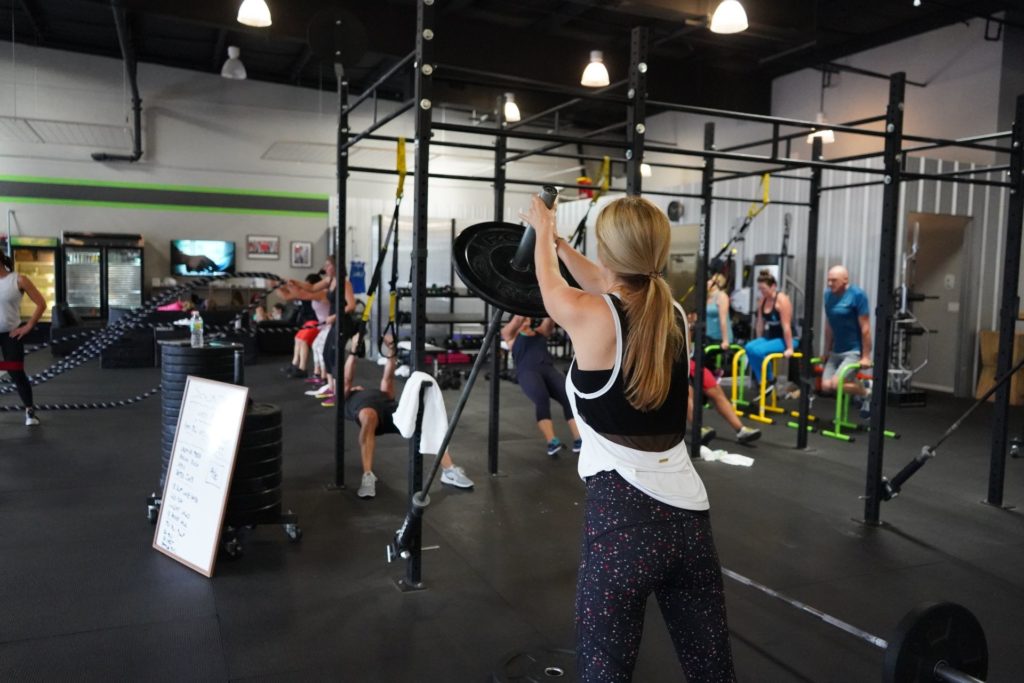
- Flexibility is not always a good thing
It’s also been shown that the risk of sprains and strains are increased in older individuals in flexibility-based classes, specifically yoga. The reality is stretching is often misunderstood. Our muscles protect our joints, rapidly increasing flexibility can lead to overextension injuries and other joint instability. Many positions in yoga can exacerbate existing muscle imbalances and are too difficult to perform until existing imbalances can be resolved.
People with back pain should understand their condition before practicing yoga and arbitrarily stretching muscle groups. Performing spine related stretches can worsen herniated or bulging discs, and entice back spasms.
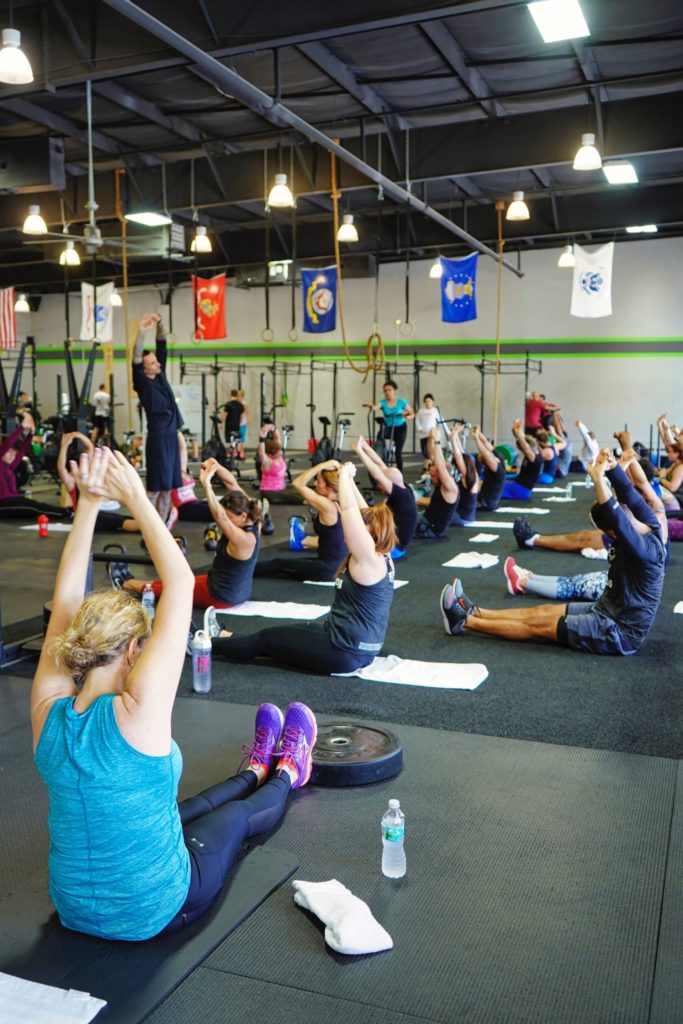
- Group classes might contribute to muscle imbalances
Many people develop muscle imbalances from their lifestyles. Occupation can contribute towards muscle imbalances, as well as the way we exercise. Muscle imbalances occur when we overuse muscle groups for tasks. As these overused muscles become overdeveloped, opposite muscle groups become weakened and dysfunctional. This altered dynamic can wreak havoc on joints and cause many pain related syndromes.
Group classes might focus on muscle groups that are already overdeveloped in a muscle imbalance. Classes which neglect variations might not provide enough variety to avoid imbalances or correct them. Steady state cardio classes such as spin might exacerbate imbalances related in upper crossed syndrome, for example.
It’s important to perform an assessment to determine what imbalances you might currently have or could be developing. If you understand what exercises contribute towards your dysfunction, you can better prepare yourself for a group class.



